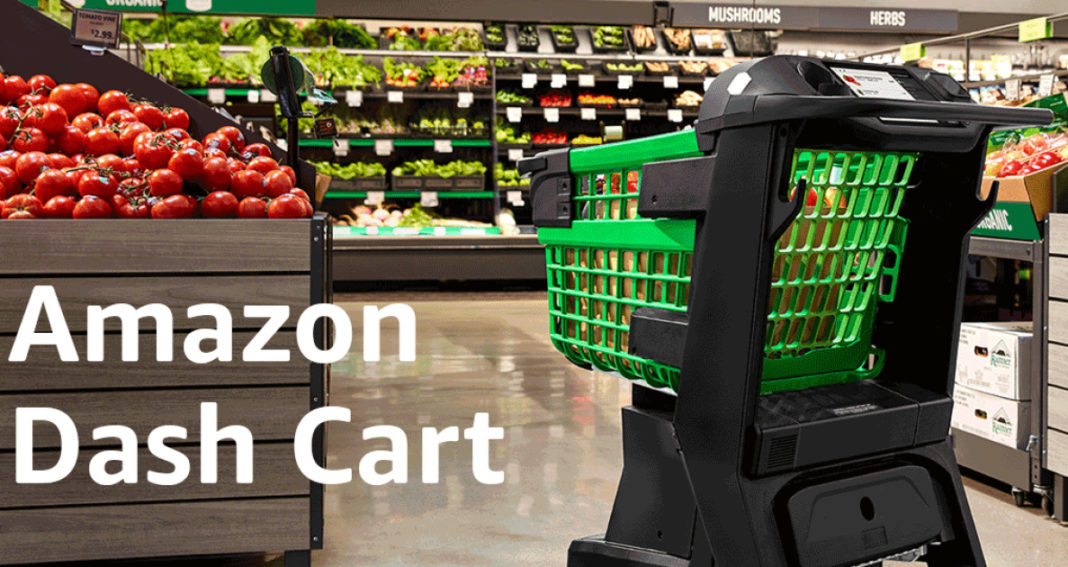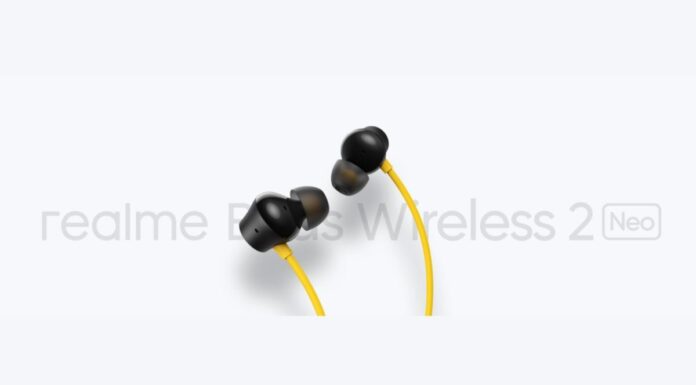The “smart shopping cart” automatically scans your stuff so you can skip checkout.
Amazon just reinvented the lowly shopping cart.
The company on Tuesday unveiled the Amazon Dash Cart, which is infused with weight sensors and cameras that allow it to scan your items as you’re placing them in the cart so you can skip the checkout line.
The concept is kind of like a compact version of Amazon Go, a whole store that does away with the checkout experience by using hundreds of cameras on the ceiling to let customers pick up whatever items they want and walk out.
“Our primary motivation for building this was to be able to save customers time,” said Dilip Kumar, vice president of Amazon’s physical retail and technology. “The alternative solutions are standing in the express checkout lanes or fumbling through self-checkout stations.”
Dash Carts will debut at Amazon’s Woodland Hills, California, grocery store, when the location opens later this year. The company last November unveiled plans for the Woodland Hills store as the first location for a new supermarket chain that will be separate from its Whole Foods chain. The store will include conventional checkout lanes, too.
The new shopping cart, which Kumar says is built sturdy enough to prevent those annoying shaky and off-balance wheels, is part of Amazon’s continued work to put its techie signature on the $1.2 trillion US grocery market. It introduced Amazon Go in 2016 and Amazon Go Grocery, a larger store format that includes fresh produce, in February. There’s been plenty of speculation that Amazon will add similar hardware into Whole Foods, which it purchased in 2017, but that has yet to happen.
Without getting into specifics, Kumar said the intention is to keep developing new concepts that save customers time and can fit easily into their habits without forcing them to learn new ones, which are both features of Amazon Go.
Dash Cart is likely one way Amazon will try to draw customers into its new supermarket chain and away from their regular grocer. That could work, especially if the smart cart is able to cut time from grocery visits. Another effort Amazon did to boost traffic into Whole Foods was offering discounts for Amazon Prime members; that perk hasn’t been announced yet for Woodland Hills, but it may be coming.
Competing retailers have made efforts to add more tech, like touch-free and cashierless checkout, into their stores, especially after Amazon Go was introduced. Amazon has also started to market its Amazon Go tech to other merchants. A similar effort to remove the grocery checkout experience was created by the chain Stop & Shop nearly a decade ago called “Scan It!,” which allows customers to scan, bag and checkout their items using their phones.
In addition to Woodland Hills, Amazon has confirmed five more locations for its new grocery chain: Irvine and North Hollywood, in California, and Schaumburg, Naperville and Oaklawn in Illinois. No official name has been publicized for the new chain, but some Amazon paperwork for a liquor license in Irvine included the name “Amazon Fresh.”
No word yet on where else the Dash Cart will be available, beyond the Woodland Hills location, and Amazon declined to say whether the cart would be sold to other retailers.
“As with everything we do, we’ll launch it, we’ll get customer feedback and then we’ll go from there,” Kumar said.
The cart shows how Amazon’s team is figuring out how to build automation into bigger and bigger store formats. It started with Amazon Go, which first opened to the public in 2018 as a 1,800-square-foot convenience store with a limited selection of prepackaged goods, snacks and drinks. Amazon Go Grocery, revealed in February, added in unpackaged fruits and vegetables, though the location is still relatively small for a grocery store, at 7,700 square feet.
The Woodland Hills location is much larger, at 33,000 square feet, and includes far more selection. So instead of adding a bevy of cameras on the ceiling, Amazon apparently decided to just put the cameras inside its shopping carts. The cart is designed for small to mid-sized shopping trips, so it’s big enough to fit two shopping bags worth of stuff.
As with an Amazon Go store, you’ll have to log into their carts using a QR code in the Amazon app. You’re then charged automatically to the card you have on file with Amazon when you walk out through the designated Dash Cart lane, and then you’ll receive an electric receipt. Also like Amazon Go, it’s fine to put things in the cart then put them back on the shelf without getting charged.
“While the technology is complicated, and it’s complex and there’s a lot going on,” Kumar said, “we try to keep a lot of that behind the scenes, so that from a customer standpoint, similar to how we’ve done in some of the prior innovations that we’ve brought to physical stores, this technology takes a backseat, customers can be immersed in a shopping experience and when you’re done, you can walk through the Dash Cart lane.”













![Hotstar Premium Cookies 2019 [*100% Working & Daily Updated*] Hotstar Premium Cookies 2019 [*100% Working & Daily Updated*]](https://tahav.com/wp-content/uploads/2019/11/Hotstar-Premium-Cookies-Free-100x70.jpg)



